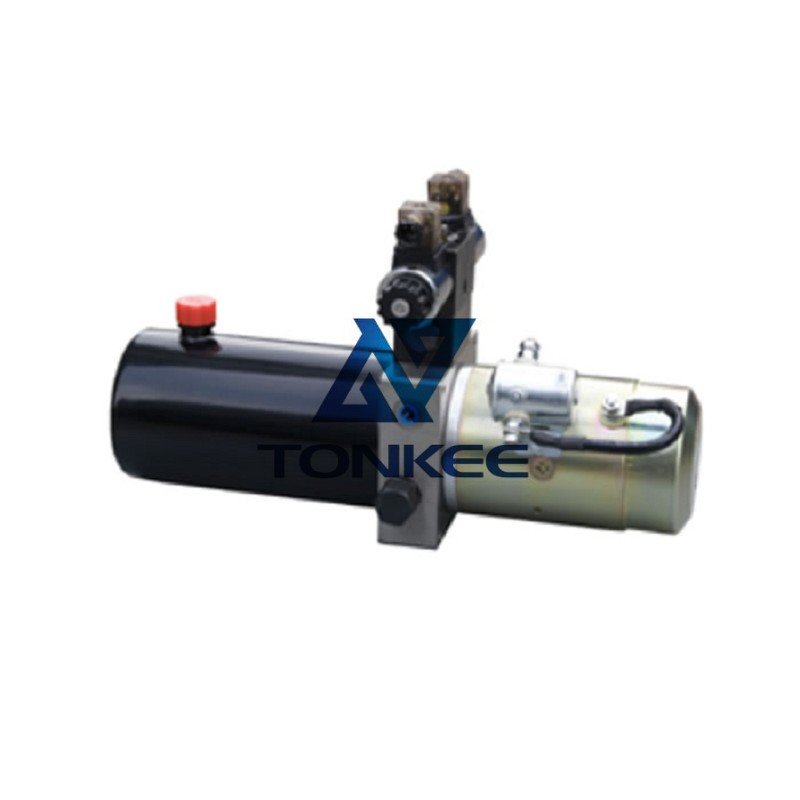
The heart of the double-acting hydraulic power unit is the hydraulic pump.
It converts mechanical energy from an electric motor or internal combustion engine into hydraulic energy by displacing hydraulic fluid. These pumps are typically of the positive displacement type, such as gear, vane, or piston pumps, to ensure consistent and reliable fluid delivery.
Reservoir:
A hydraulic power unit features a reservoir to store hydraulic fluid (usually hydraulic oil) that is used for transmitting pressure. The reservoir size should be sufficient to accommodate the fluid volume needed for the hydraulic system, including considerations for heat dissipation and fluid expansion.
Valving:
Valving is essential to control the flow of hydraulic fluid in a double-acting system. Directional control valves, including solenoid valves or manual valves, are used to determine the direction of fluid flow and the actuation of hydraulic cylinders. Proportional valves can be incorporated for precise control in applications requiring variable speed or force.
Hydraulic Cylinders:
Double-acting hydraulic power units are often used to actuate hydraulic cylinders, which perform the actual work in many hydraulic applications. These cylinders have a piston on each end and can extend and retract under hydraulic pressure, making them suitable for a wide range of tasks, from lifting heavy loads to controlling machinery movements.
Pressure Relief Valve:
Safety is paramount in hydraulic systems. A pressure relief valve is installed to prevent over-pressurization, which could lead to system failure or damage. It opens to release excess pressure, protecting both the system components and operators.
Filtration and Cooling:
Maintaining the cleanliness and temperature of the hydraulic fluid is crucial for the power unit's performance and longevity.
A filtration system removes contaminants from the fluid, while cooling mechanisms such as heat exchangers or fans dissipate excess heat generated during operation.
Control System:
Modern double-acting hydraulic power units often incorporate advanced control systems, including programmable logic controllers (PLCs) or electronic control units (ECUs). These systems enable automation, remote monitoring, and integration with other machinery or processes, enhancing overall efficiency and safety.
Power Source:
Double-acting hydraulic power units can be powered by various sources, including electric motors, gasoline engines, or diesel engines. The choice of power source depends on the application's requirements, such as power output, mobility, and environmental considerations.



 English
English Türkçe
Türkçe


